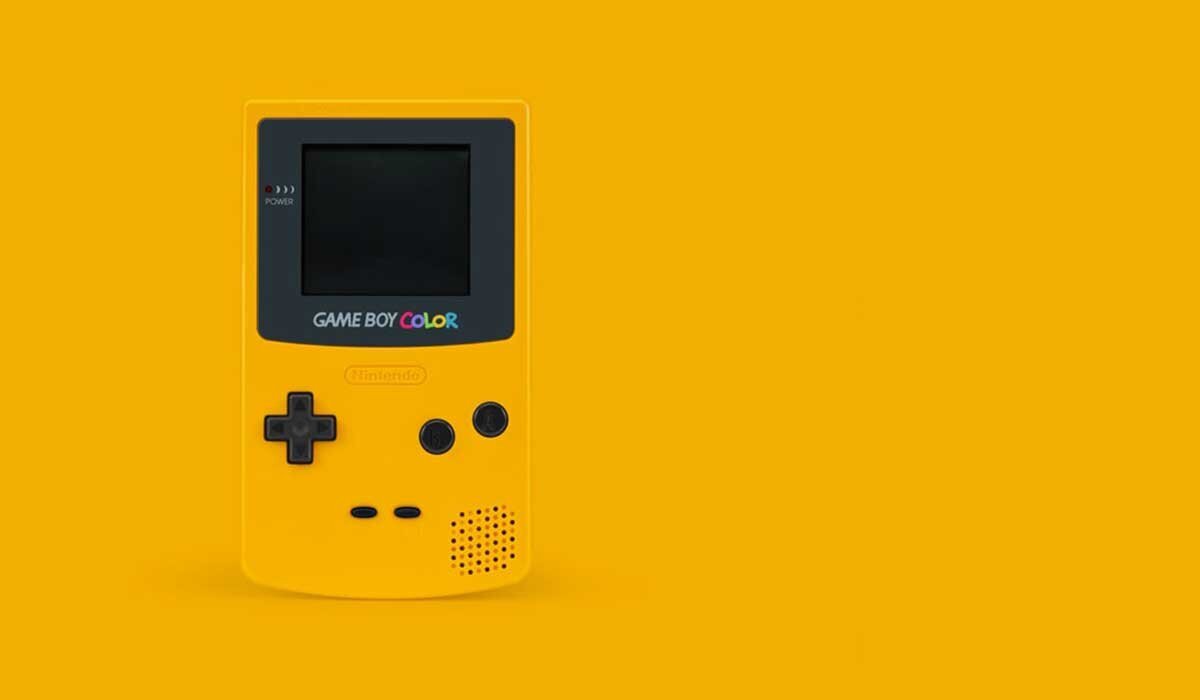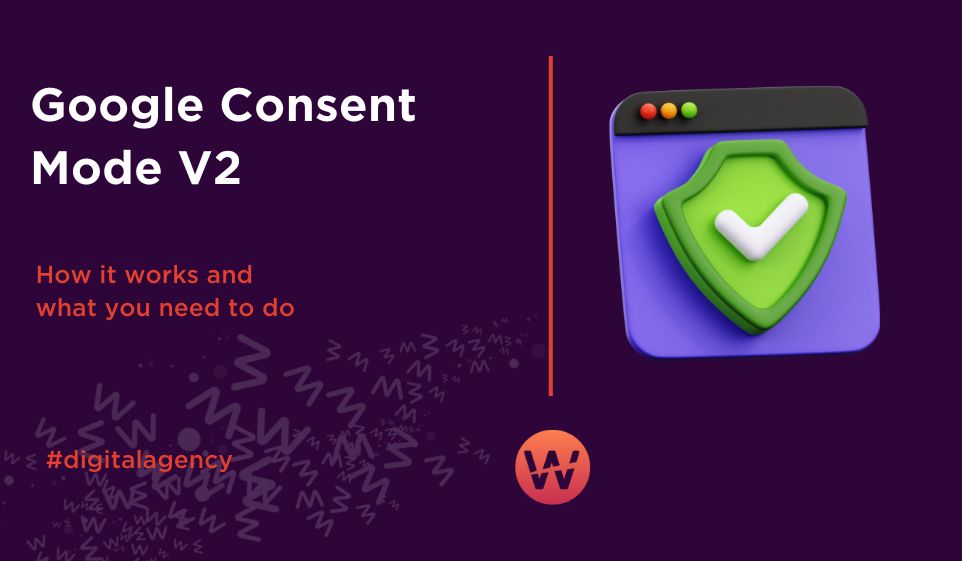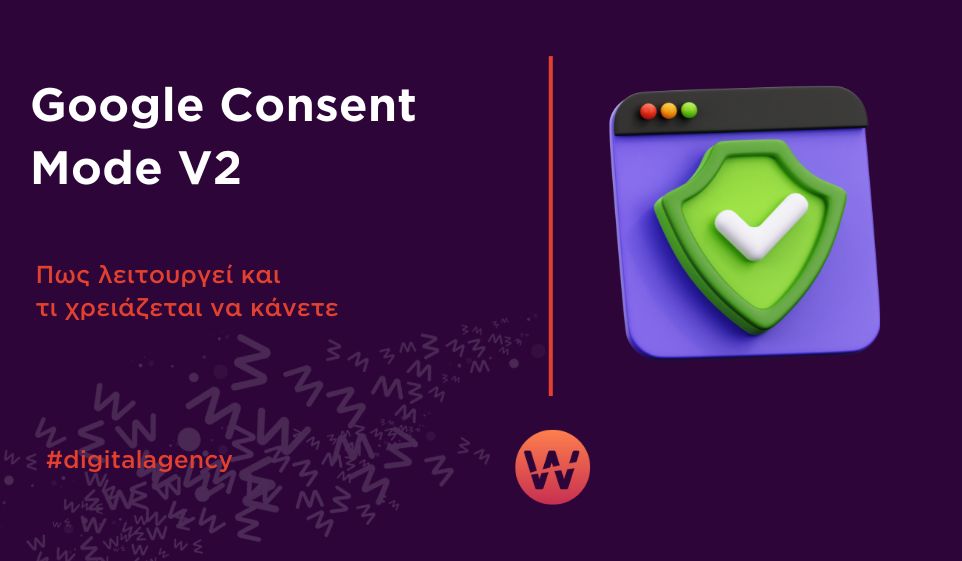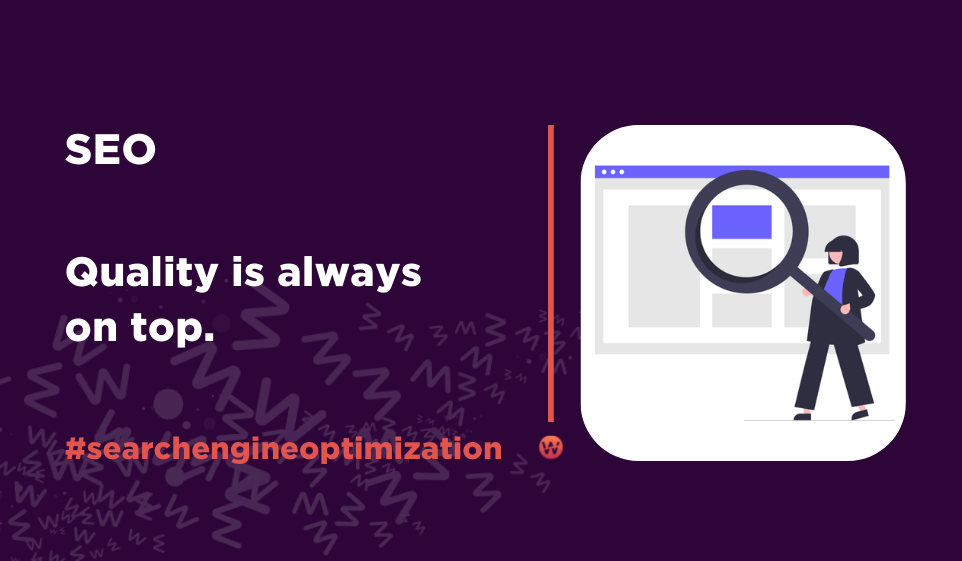
Gamification: How to use it in your Marketing Strategy
Gamification is a business tool representing a whole new direction for achieving the goals you have set for your company. But small businesses have been shying away from it because of the emphasis on large, global enterprises deploying the technology. That’s too bad because gamification is a tool small businesses can easily implement to create innovative programs allowing them to compete with large brands.
Definition
The simplest definition of gamification is: a process for integrating game mechanics into something that already exists to motivate participation, engagement and loyalty. This can be almost anything, from your website to social media presence, day-to-day operations, customer engagement and more.
Gamification introduces game design elements into non-game applications to make them more fun and engaging. It uses competition, points, achievement, rules of play, status and self-expression to encourage actions through positive feedback.
What is Game Mechanics?
The components of a game are called game mechanics. And as it applies to gamification, the right set of game mechanics are used to engage or motivate the user.
The following 10 game mechanics are used in gamification for applications in different combinations to accomplish the desired goal. They are:
- Fast Feedback
- Transparency
- Goals
- Badges
- Leveling Up
- Onboarding
- Competition
- Collaboration
- Community
- Points
How can Gamification Help Small Businesses?
Gamification delivers proven and tangible results, which can be measured with the analytics tools most vendors provide. This one is from Bunchball.
What is Gamification and How Can It Help My Business?
Businesses have experienced an increase in engagement across social media, both internally and externally. This includes things like more website traffic, lower times for adoption and conversions from free trial to purchase, and reduction in onboarding time.
However, there is also a downside if not managed properly. Creates high-levels of expectation, which can be responsible for a false set of incentives. Additionally, gamification should compliment any other systems you have in place and not replace it. And last but not least, the motivation has to be more than money. This is especially true for millennials, who have different sets of motivation than previous generations.
Conclusion
In order for a gamification solution to be successful, it has to be well designed, executed and maintained. The methods have to be varied, and the information it provides has to be used to improve not only your business, but the application itself. Gamification is not a panacea that will magically make everything better. But it has proven tools for improving the engagement level of employees and customers can also be fun and engaging.




